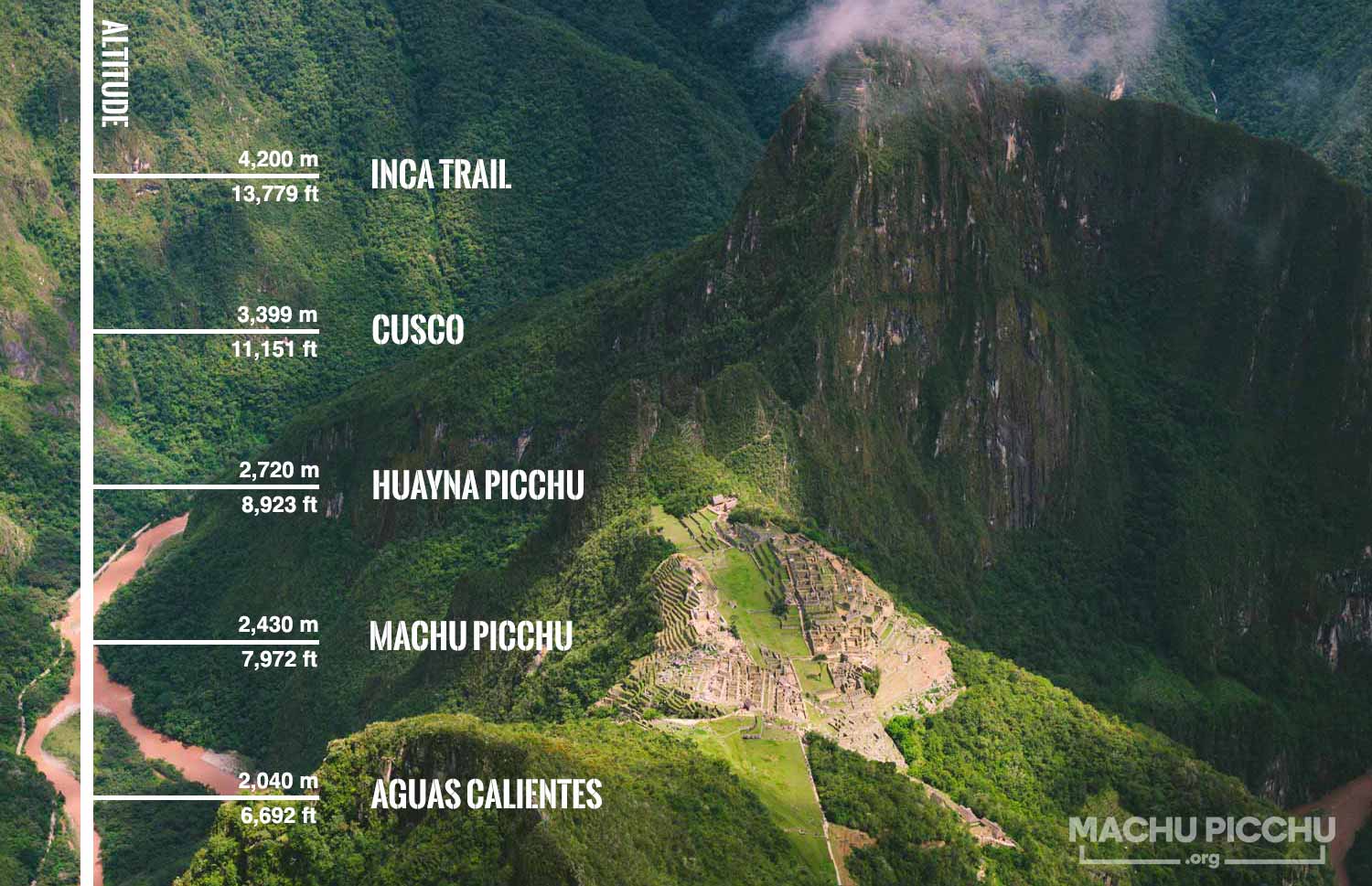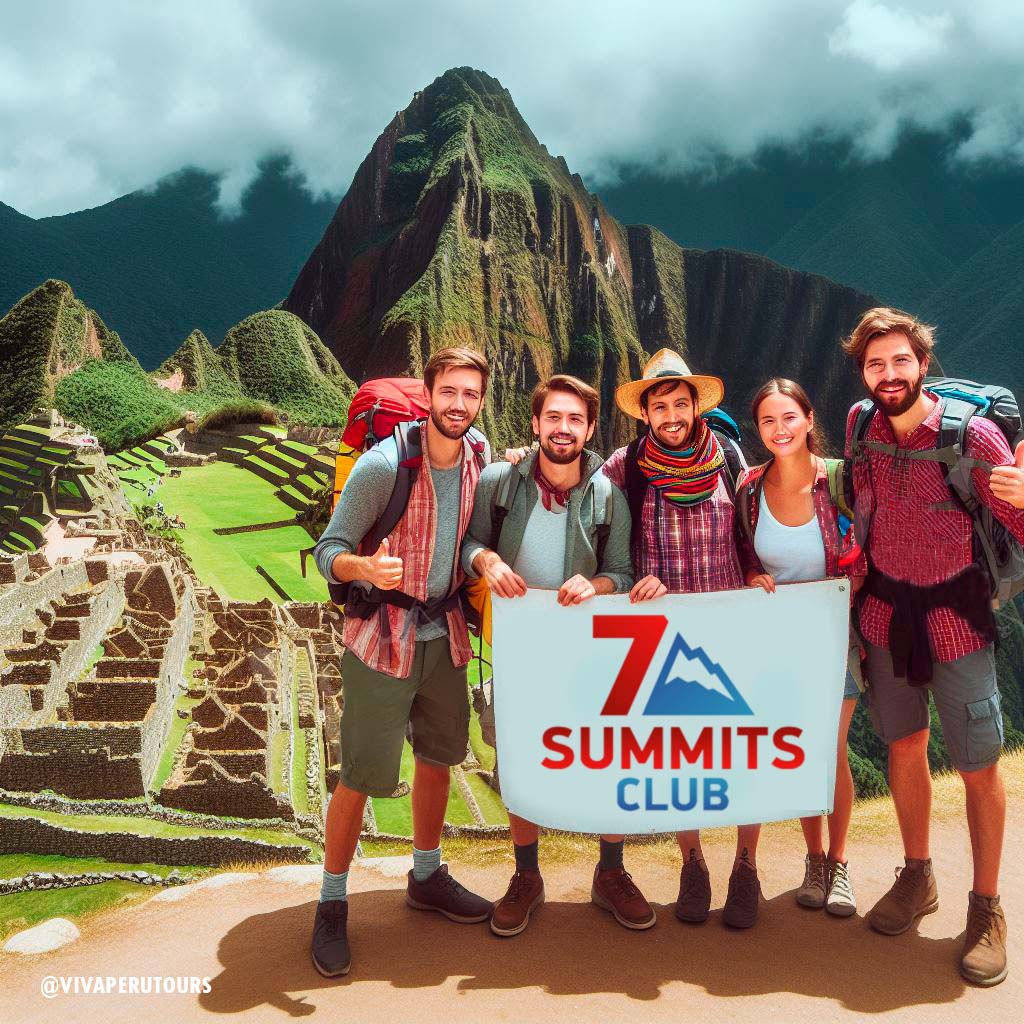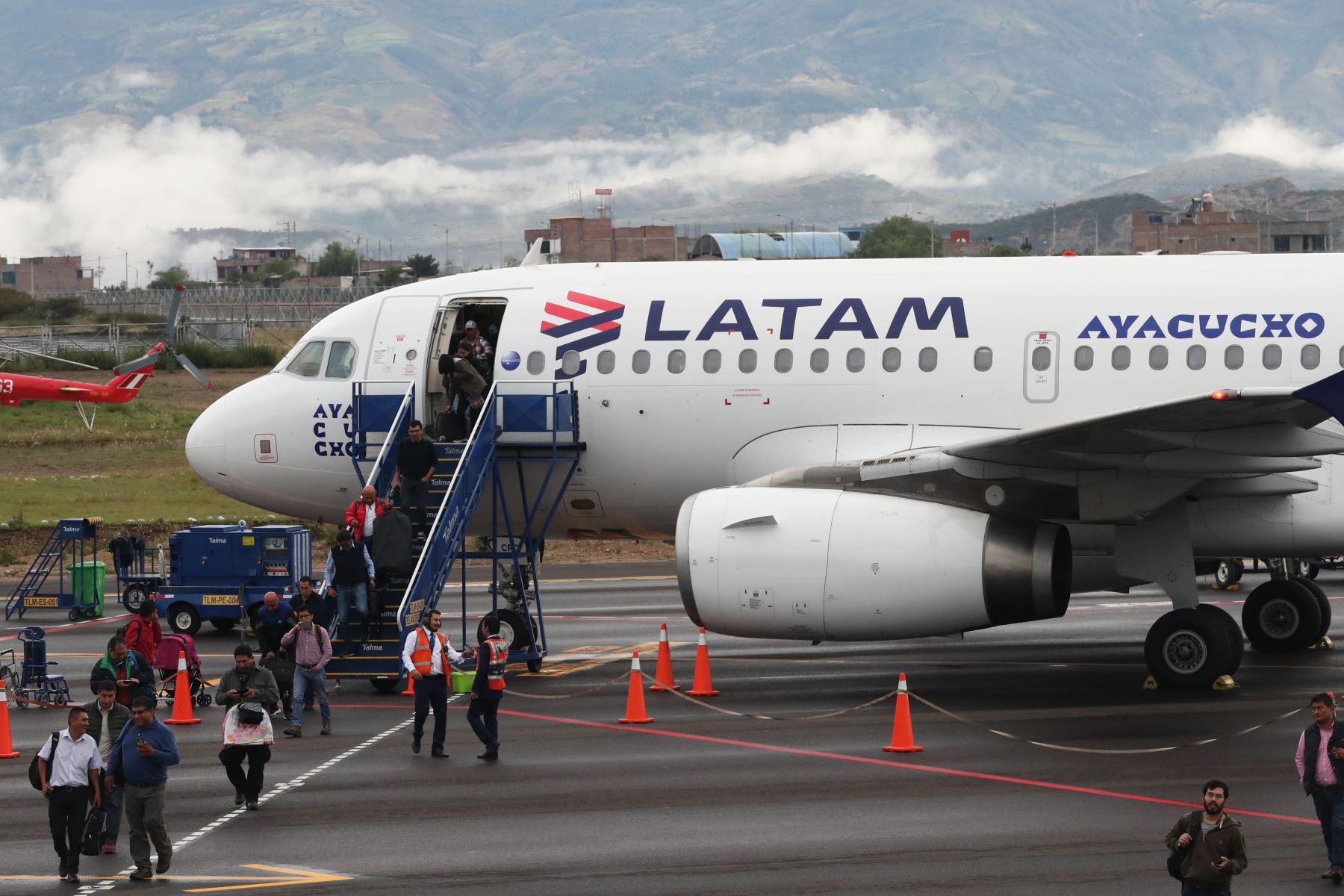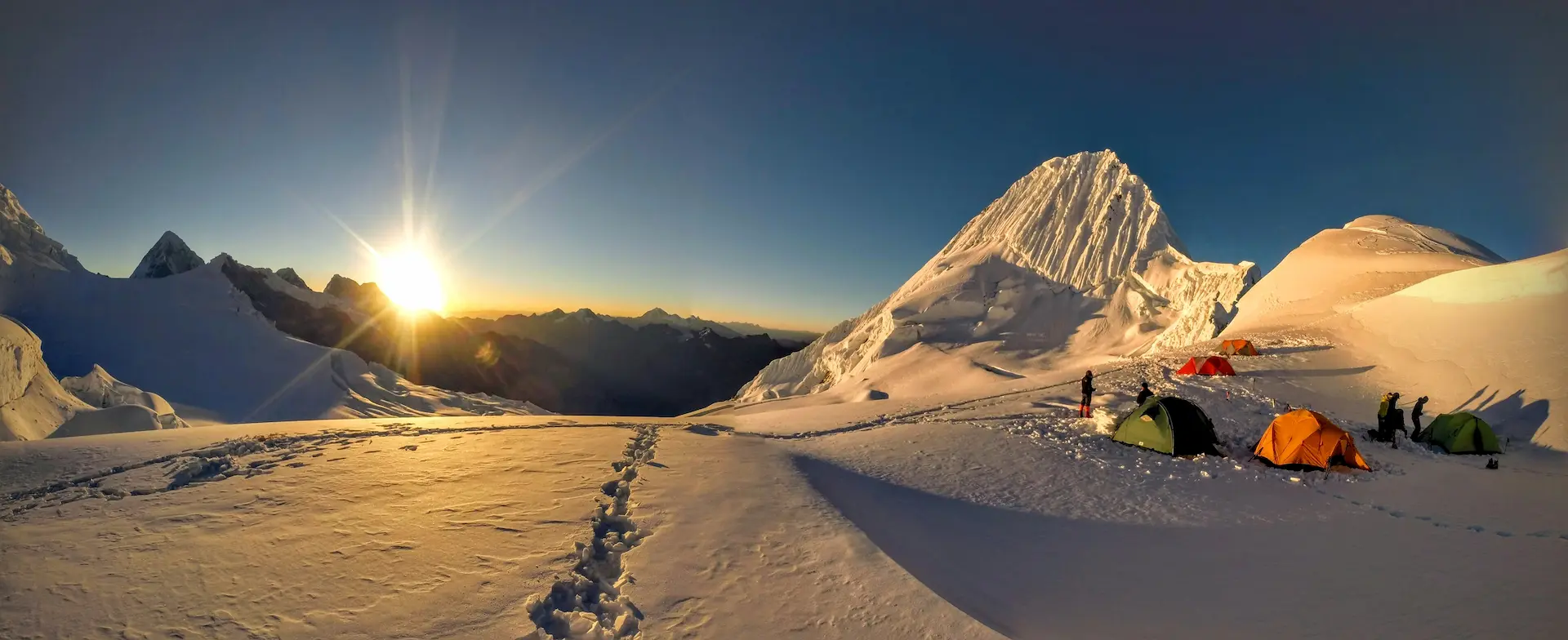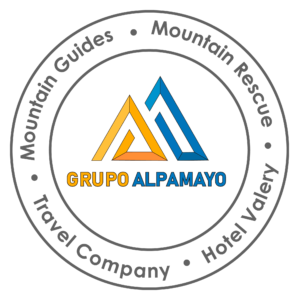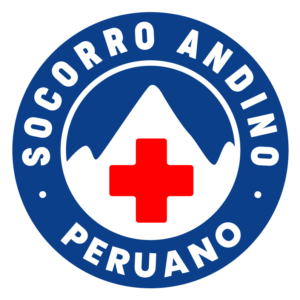How to Prevent Altitude Sickness in Cusco
Cusco is located in the middle of the Andes at 3,360 meters (11,023 feet) above sea level, which can be difficult for many visitors who are not used to this altitude on their first days. As a result, it’s not surprising that altitude can have a significant impact, where a lack of oxygen is the only thing that can keep you from enjoying your trip. Don’t waste one day feeling sick; prevent the altitude sickness before you reach Cusco with some tips from this article.
Keep in mind Cusco treks elevations
Altitude sickness could ruin your trip to Machu Picchu. People in a hurry who want to do the Inca Trail, Salkantay, or other treks frequently fly from Lima, which is at sea level. Then they find themselves in Cusco, at an altitude of 3360 m (11,023 ft). To put things into perspective, mountaineers enjoy climbing the «tres mils,» or 3000 masl, mountains. You can understand that Cusco is high, and from there you climb even higher because the Inca Trail crosses 4,215 meters (13,828 ft). The Salkantay Trek crosses the Salkantay Pass at 4,630 m (15,190 ft). There are some good «four thousand».
Our trekking experts always advise those interested in hiking different treks around Cusco to spend at least one day in Cusco, preferably two days, so that the body can adjust to the altitude.
What is the Altitude Sickness?
Sometimes called «mountain sickness,» altitude sickness is a group of symptoms that can strike if you walk or climb to a higher elevation, or altitude, too quickly.
It typically occurs above 2,400 meters and primarily affects people who are not accustomed to living in high altitude areas, typically less than 900 meters above sea level. If you are going to travel to mountainous countries such as Peru, Bolivia, or Nepal and you are going to visit places located at high altitude, such as Machu Picchu, the Salar de Uyuni, or the Aconcagua, you should be aware of altitude sickness, how to prevent and combat it, and what kind of symptoms it usually presents.
Symptoms of the Altitude Sickness in Cusco
The symptoms of the Altitude Sickness normally occurs in the first hours after arriving in Cusco. As your body makes normal adjustments to adapt to the altitude of Cusco, you may experience a few symptoms that are bothersome but are not cause for concern. They include rapid (but still comfortable) breathing, shortness of breath with strenuous exercise, occasional short pauses in breathing while you sleep, and frequent urination. The last two symptoms are caused by a low carbon dioxide level, which causes brain and kidney adjustments.
The first symptoms that you could feel in the first 8 to 36 hours are:
- Headache that is not relieved by over-the-counter pain medicine
- Nausea or vomiting
- Dizziness or lightheadedness
- Weakness or fatigue
- Difficulty sleeping
- Loss of appetite
The two most serious consequences of altitude sickness are altitude pulmonary edema and altitude cerebral edema. In these cases, the outcome can be fatal if you do not descend to lower altitudes quickly.

Diagnosis
If you get a headache and at least one other symptom within 24 to 48 hours of moving to a higher elevation, it’s most likely altitude sickness. If you’re climbing, a more experienced climber may recognize the symptoms of altitude sickness and guide you to get help.
A healthcare provider will inquire about your symptoms, activities, and location if you have severe altitude sickness. The provider may perform a physical exam, including listening to your chest.
How to prevent the altitude sickness in Cusco
The main way to prevent or avoid altitude sickness is through acclimatization, that is, the progressive ascent to slowly adapt to the hypoxia of altitude. Even so, it is important to know that no matter how closely an acclimatization schedule is followed, it is possible that symptoms of altitude sickness may occur. The International Union of Mountaineering Associations (UIAA) recommends a maximum daily altitude increase of 500 meters once you reach 3,000 meters above sea level, taking a rest day without ascending every 3 or 4 days.
A good way to prevent altitude sickness is to stay hydrated by drinking at least 4 to 5 liters of water a day and to maintain a varied diet rich in carbohydrates. It is best to avoid alcohol, tobacco, and large meals.
How to combat the Altitude sickness in Cusco
In case you notice symptoms of altitude sickness, do not continue ascending, especially if you are planning to spend the night at a higher altitude. If the symptoms of soroche get worse, you should descend and rest until they disappear or go to a doctor. In the latter case, the doctor will almost certainly conduct tests such as a blood test, a chest X-ray, or an electrocardiogram. In many cases, they will prescribe oxygen and some medications for headache or insomnia.
Pills help
There’s one magic pill that will save you many of these troubles. It is called Sorojchi Pill and it contains acetylsalicylic acid, salophen and caffeine. This over-the-counter drug will help with your blood circulation and headache. If you’re feeling dizzy and nauseous, try Gravol, an over-the-counter pill to stop motion sickness. Take both pills an hour before landing in Cusco. Remember to consult your doctor about medicines you intend to take, and always read the labels.

What are the higher treks in Cusco?
- Inca Trail Trek: with 4,215 meters (13,828 ft) at the highest point that you will reach.
- Salkantay Trek: with 4,630 m (15,190 ft). at the highest point that you will cross at the pass
- Lares Trek: with 4,680 m (15,354 ft) at the highest pass that you will reach
- Rainbow Mountain: with 5036 m (16,522 ft) at the highest point that you will reach
- Humantay Lake: with 4,200 m (13,779 ft) at the highest point that you will reach
- Ausangate Trek: with 5,200 m (17,060 ft) at the highest point that you will reach
- Machu Picchu: with 2,430 m (7,972 ft) at the same archaeological site
